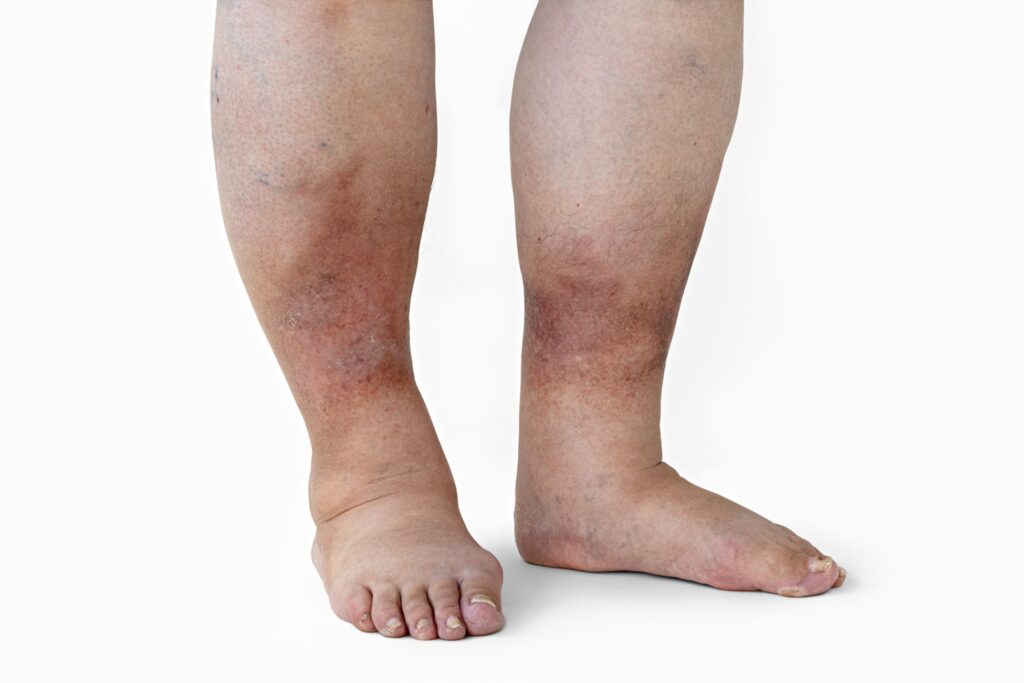Can Diabetes Cause Gangrene in Feet?
Diabetes is a challenging condition that can lead to a range of serious complications if not properly managed. One of the most dangerous and often overlooked complications is gangrene in diabetic feet. This condition arises when a lack of blood flow and infection combine to cause tissue death, which can ultimately lead to amputation if not addressed in time.
What Is Gangrene?
Gangrene refers to the death of body tissue due to a lack of blood supply or a severe infection. For people with diabetes, the feet are particularly vulnerable to this condition. Diabetes can damage blood vessels and nerves over time, leading to poor circulation (also called peripheral arterial disease) and neuropathy. This nerve damage makes it harder to feel injuries or infections in the feet, allowing small wounds to go unnoticed and untreated. As the wound worsens, a lack of oxygen-rich blood reaching the affected area can cause tissue to die, which may result in gangrene.
What are the Signs and Symptoms of Gangrene
Identifying gangrene early is critical for preventing severe complications. Here are the key signs to look out for:
•Skin discoloration: Affected areas may turn black, blue, or green.
•Foul-smelling discharge: Dead tissue can produce a strong Odor.
•Severe pain followed by numbness: Pain may initially be intense, but as nerves are damaged, numbness can set in.
•Swelling or ulcers: Open sores or blisters may form on the foot.
•Fever: This may signal an infection is present.
If any of these symptoms occur, seek medical attention immediately.
What are the preventing measures for gangrene in diabetic feet?
Preventing gangrene in diabetic feet is largely about early detection and proper foot care. Here are essential steps to protect your feet:
•Inspect your feet daily for cuts, blisters, or colour changes.
•Keep your feet clean and dry, washing them daily with warm water and mild soap.
•Wear comfortable, well-fitting shoes to prevent rubbing and blisters.
•Control your blood sugar levels to maintain good circulation.
•Quit smoking to improve blood flow to your extremities.
•See a healthcare provider regularly for routine foot exams, especially if you have any signs of foot problems.
How is gangrene in diabetic foot Treated
If gangrene is detected early, treatments like antibiotics, surgery, or specialized wound care may help prevent the need for amputation. In severe cases, amputation may be necessary to stop the infection from spreading.


